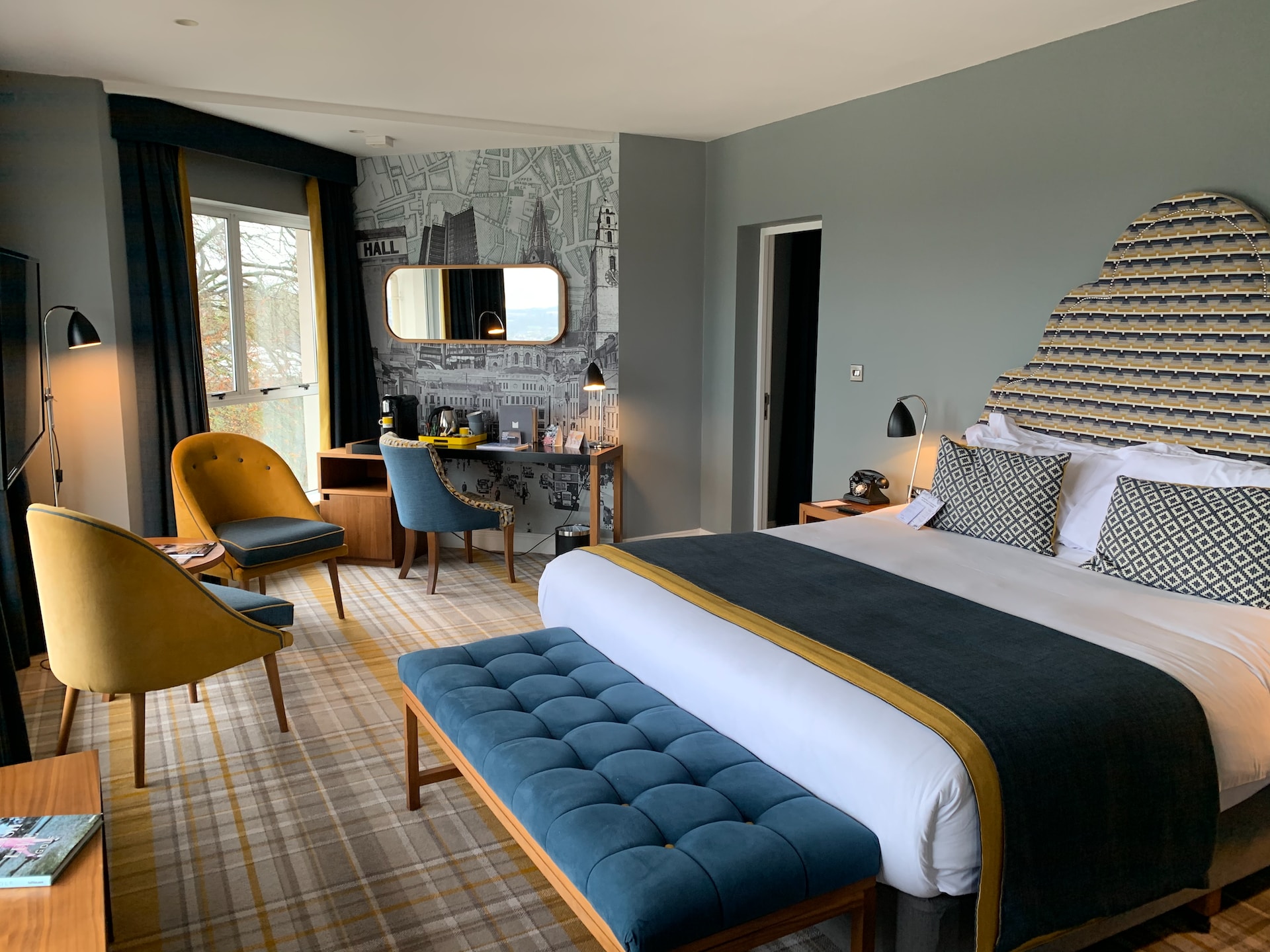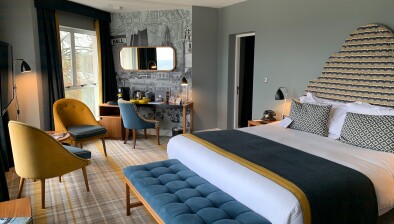RSM: Scotland’s luxury hotels lead the way with record room rates during summer season

Scotland’s hotel sector has experienced robust performance this summer, with luxury hotels playing a pivotal role in the post-pandemic recovery, average room rates have grown as well as revenues per available room across Scotland.
However, with many cost-conscious consumers also trading down to budget hotels, it’s the middle market hotels that are being squeezed the most, according to the RSM Hotels Tracker: Focus on Asset Classes.
Average daily room rates of luxury hotels in Scotland reached a record £381.76 in the peak of the summer season this year (August), up from £349.85 in July. In the same period, rates of Scotland’s middle market hotels increased from £129.91 in July to £147.82 in August and were up from £118.35 to £140.38 for budget hotels.
While luxury hotels have always been able to charge much higher room rates than the budget market, the gap has widened, with Scotland’s luxury hotel prices being 172% higher than budget hotels in August 2023, when compared to the pre-pandemic peak season at 156%.
(Credit: RSM UK Hotels Tracker, Hotstats)
Similarly with gross operating profits (GOP), Scotland’s luxury hotels are benefiting the most, with GOP (per available room) increasing from £227.20 in July to £243.33 in August. GOP of the luxury market remains significantly higher than the middle market (£56.36 in July, rising to £76.13 in August) and budget hotels (£57.32 in July, rising to £78.14 in August). GOP has increased across Scotland’s hotel market in August 2023 when compared to the same period in 2019 – with the biggest jump in budget hotels (up 64%), followed by the luxury market (up 38%) and the middle market (up 14%).
When looking at occupancy rates, the lower end of the market also comes out on top. Occupancy of Scotland’s budget hotels was 89% in August (up from 87% in July), compared to 86% (up from 81%) for the middle market and 83% (down from 84%) for the luxury market. While occupancy is lagging behind pre-pandemic levels in the luxury and middle market (91% and 88% respectively during August 2019), budget hotels bucked this trend with lower occupancy levels in 2019 (84%).

Claire Monaghan
Claire Monaghan, partner in RSM UK’s Edinburgh office, said: “Demand in Scotland’s hotel sector has remained strong throughout the summer months, bucking the slowdown trend seen more widely in the UK, due to more international tourists visiting throughout August for events such as Edinburgh Fringe Festival and the UCI Championships.
“But, looking more closely at the data, we can see that demand is being driven by growth in the luxury market, with average daily room rates, gross operating profits, and occupancy rates all increasing in August.
“The gap between luxury and budget hotels continues to widen, with average daily room rates for luxury hotels 172% higher than budget hotels in August.
“That being said, Scotland’s budget hotels came out on top in August for occupancy rates increasing to 89%, while gross operating profits were up by 64%, as people have become more conscious of spending due to the cost-of-living crisis. With both luxury and budget doing well, it’s the middle market that’s being squeezed.”
She added: “Since the pandemic, people have prioritised trips away, and with the return of international travel, the luxury market is thriving in Scotland, boosted by events which attract tourists from all over the world.
“This upward trend is likely to continue, as high-end consumers are less likely to be impacted by cost-of-living pressures.
“We’re likely to see a similar trend in the budget hotel market too, as consumers who traditionally opted for mid-range accommodation are now choosing more affordable options – something which will continue while interest rates and inflation remain high. Therefore, until the UK’s economic position becomes more certain, mid-range hotels will be under pressure until consumer spending picks up again.”






